Coinbase Hack: Possible Consequences, Technical Analysis, What You Need to Know
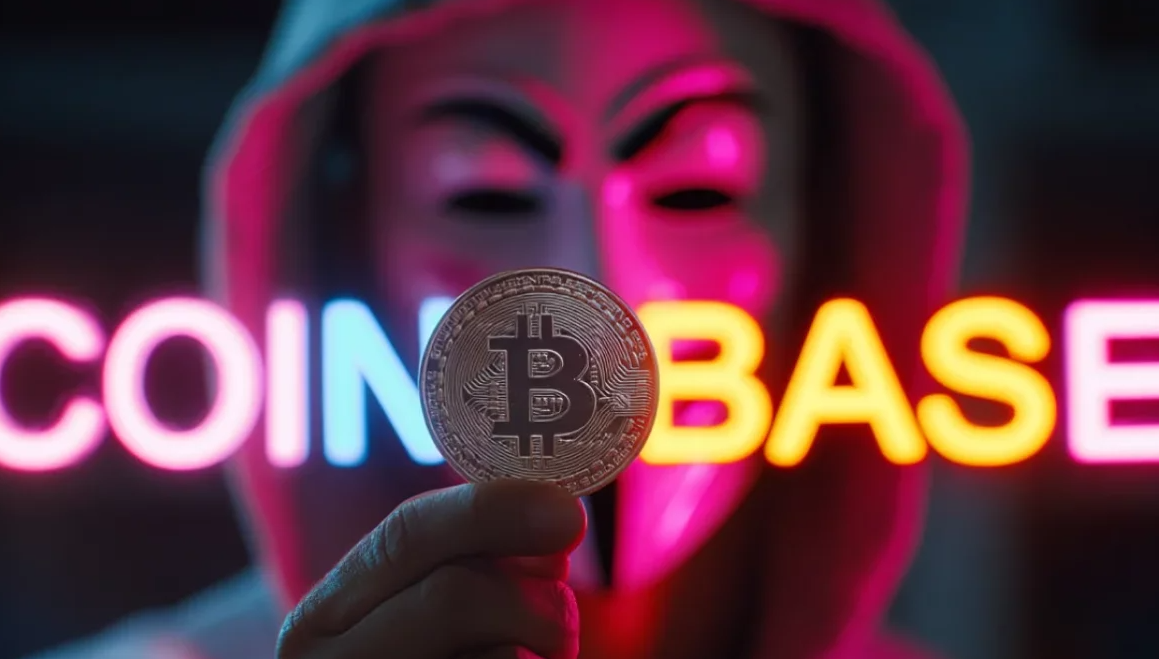
Coinbase is one of the largest crypto exchanges in the world, with millions of users and a capitalization of billions of dollars. That is why it is a desirable target for cybercriminals. A Coinbase hack, even a hypothetical one, raises serious concerns in the market. And if the incident really happens, the consequences can be large-scale - from the loss of user funds to upheaval in the global crypto market.
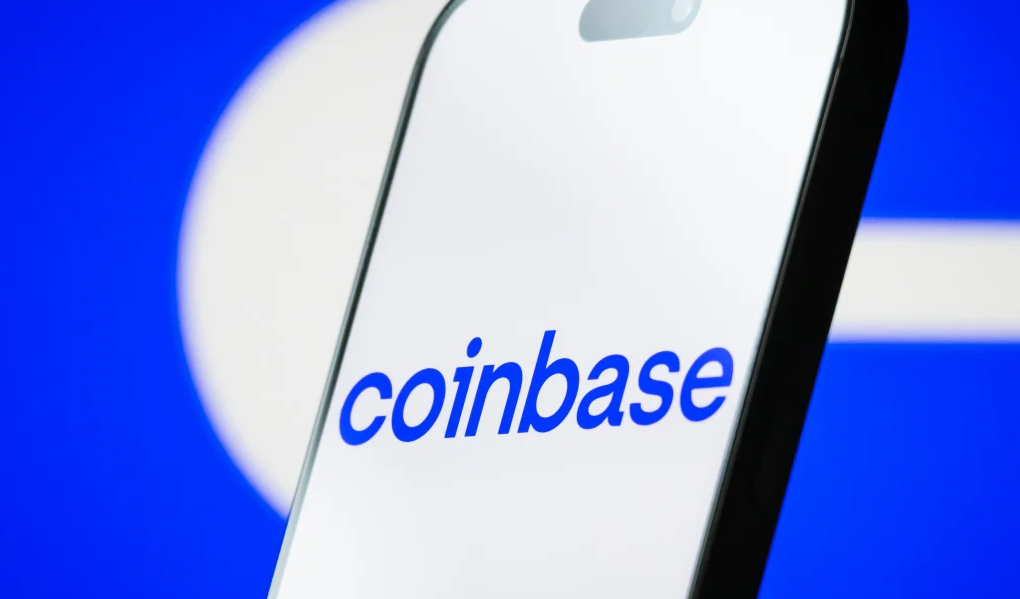
In this article, we will consider what consequences a Coinbase hack can entail, what technical vulnerabilities can be used by attackers, and what users should know to protect their assets.
Possible consequences of a Coinbase hack
Financial losses for users
The first and most obvious risk is direct loss of funds. If hackers gain access to hot wallets or user accounts, they can withdraw millions of dollars in cryptocurrency. Even if some of the assets are in cold storage, the hack can affect the liquidity of the platform and cause an outflow of customers.
Loss of Trust in Coinbase
The cryptocurrency market is built on trust. When a major player like Coinbase is hacked, it undermines user confidence in the security of the entire industry. Institutional investors may suspend cooperation, and retail traders will start to withdraw assets en masse.
Panic in the Market
News of a hack can cause an avalanche-like sell-off in cryptocurrencies. Even a minor leak of information about the incident can collapse the price of Bitcoin, Ethereum, and other popular coins. This is due to both the mass withdrawal of funds and the actions of algorithmic trading systems reacting to the news background.
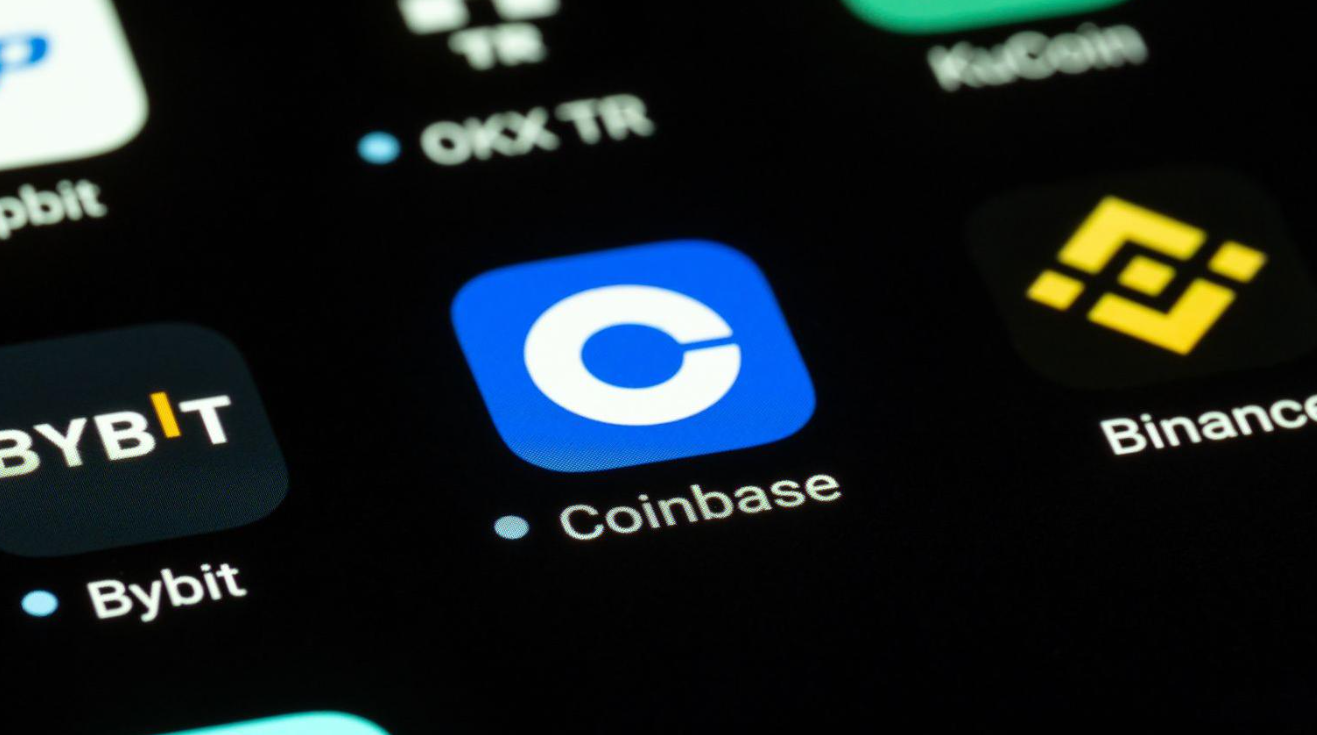
Legal Implications
In the event of a hack, regulators - especially in the United States - can initiate investigations. This will lead to increased pressure on the industry, the emergence of new regulations, and potential restrictions on the activities of centralized exchanges.
As a public company, Coinbase is obliged to disclose incidents, which means that the attention of the SEC and other agencies is inevitable.
Impact on competitors and DeFi
An interesting effect is the growing attention to decentralized solutions. After attacks on centralized exchanges, interest in DeFi platforms and hardware wallets often increases. Users begin to look for alternatives that are more resistant to censorship and hacking.
Technical analysis: how can a hack be implemented?
Coinbase is a technologically mature platform with a high level of protection, but there are no completely secure systems. Here are possible attack vectors:
Social engineering
Often, attackers gain access not through bugs in the code, but through people. Phishing emails, fake sites, compromised employees - all this can lead to data leaks and access to internal systems.
Exploiting vulnerabilities in APIs
APIs are a powerful tool for developers, but if configured incorrectly, they can be an entry point for hackers. Vulnerabilities in authentication, rate-limiting, or logic can allow attackers to conduct transactions on behalf of users.
Hacking through integrations
Coinbase interacts with many third-party services: banks, DeFi protocols, trading bots. If at least one of the partners is compromised, this can be used to further penetrate the exchange system.
Zero-day vulnerabilities
Previously unknown vulnerabilities (zero-day) in server software, the operating system, libraries, or the frontend can be used to gain access to systems. Even the most secure platforms are susceptible to zero-day attacks.
Comprehensive Table: Potential Coinbase Hack Overview
|
Category |
Subcategory |
Details |
|
Exchange
Overview |
Name |
Coinbase |
|
Type of
Threat |
Hypothetical
or actual cyber breach |
|
|
Importance |
One of
the largest crypto exchanges globally |
|
|
Potential
Consequences |
User
Losses |
Direct
financial losses from stolen funds in hot wallets or accounts |
|
Market
Impact |
Panic
selling, drop in BTC/ETH prices, volatility spikes |
|
|
Regulatory
Response |
Possible
investigations by SEC, new compliance requirements |
|
|
Trust
Erosion |
Users
and institutions may lose confidence in centralized platforms |
|
|
Shift
to Alternatives |
Increased
interest in DeFi platforms and hardware wallets |
|
|
Technical
Attack Vectors |
Social
Engineering |
Phishing,
impersonation, internal staff compromise |
|
API
Vulnerabilities |
Exploitation
of flaws in authentication, rate limiting, or logic |
|
|
Third-Party
Integrations |
Weaknesses
in partners (banks, bots, or DeFi bridges) used as entry points |
|
|
Zero-Day
Exploits |
Unknown
software bugs in backend systems |
|
|
Key
Management Flaws |
Compromise
of hot wallet infrastructure or private key storage |
|
|
User
Protection Measures |
Two-Factor
Authentication (2FA) |
Use
Google Authenticator or hardware security keys |
|
Cold
Storage |
Keep
large amounts of crypto on offline wallets |
|
|
Anti-Phishing
Habits |
Never
click suspicious links or enter credentials via email links |
|
|
Activity
Monitoring |
Regularly
check login history and withdraw limits |
|
|
Information
Awareness |
Follow
official announcements and security updates |
|
|
Historical
Context |
Mt. Gox
(2014) |
~$450M
lost due to poor wallet management |
|
Coincheck
(2018) |
~$530M
in NEM tokens stolen via hot wallet exploit |
|
|
KuCoin
(2020) |
~$280M
lost after private key theft |
|
|
BitMart
(2021) |
~$150M
stolen through compromised hot wallets |
|
|
FTX
(2022) |
~$400M
drained post-collapse, method unclear |
|
|
Key
Insights |
Centralization
Risk |
Centralized
exchanges are high-value targets |
|
"Not
your keys..." |
Self-custody
protects against exchange-level failures |
|
|
Shared
Responsibility |
Users
must secure their own accounts even on reputable platforms |
|
|
Market
Sensitivity |
Security
breaches have wide ripple effects on the entire crypto market |
|
|
Importance
of Transparency |
Quick
and honest communication post-incident is vital for damage control |
Failures in the key management system
If attackers gain access to private key management systems (especially hot wallets), they will be able to transfer funds from the platform. This is why companies like Coinbase keep most of their assets in cold storage - in an offline environment isolated from the Internet.
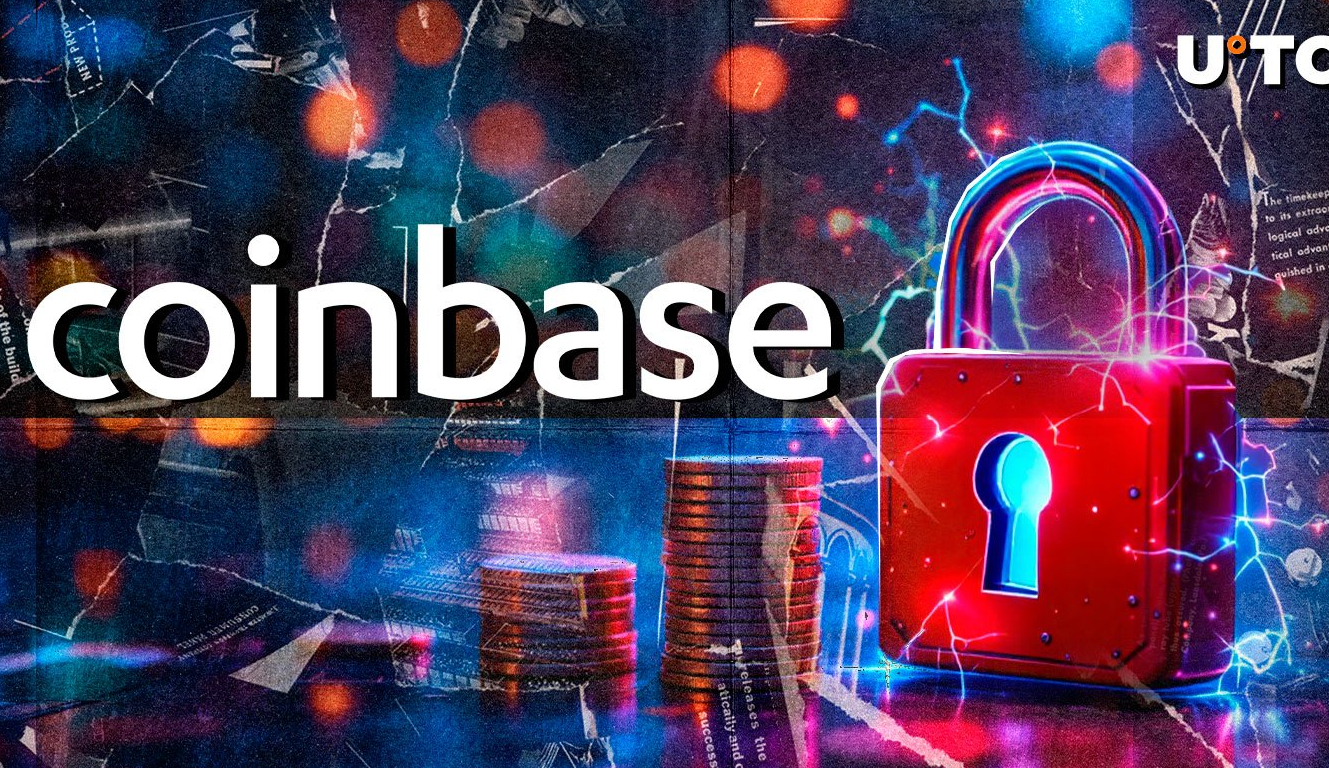
What does a user need to know?
Always enable two-factor authentication (2FA)
Using apps like Google Authenticator or hardware keys (Yubikey) is one of the easiest and most effective ways to protect your account.
Store large amounts off-exchange
Exchanges are convenient for trading, but not for long-term storage. Use hardware wallets to store large amounts. Remember the principle: “Not your keys — not your coins”.
Beware of phishing
Never click on links from emails and messages, even if they look “official”. Real Coinbase support will not ask you for your password or seed phrase.
Monitor activity logs
You can view your login history in your Coinbase account. If you notice suspicious activity, change your password immediately and contact support.
Stay informed
Stay informed, especially if you hold assets on the exchange. Subscribing to the official Coinbase Twitter channels or newsletter will help you not to miss important notifications.

Conclusion
The Coinbase hack is not just an incident with one company. It is a blow to the entire cryptocurrency ecosystem. That is why security should be a priority for both the exchange and each individual user. Until the world comes to a single standard for protecting digital assets, responsibility lies with all market participants.
It is important not to panic, but to prepare in advance: know the threats, use best security practices and do not store all assets in one place. This is the only way to minimize the risks in the event of any, even the most large-scale, hack.


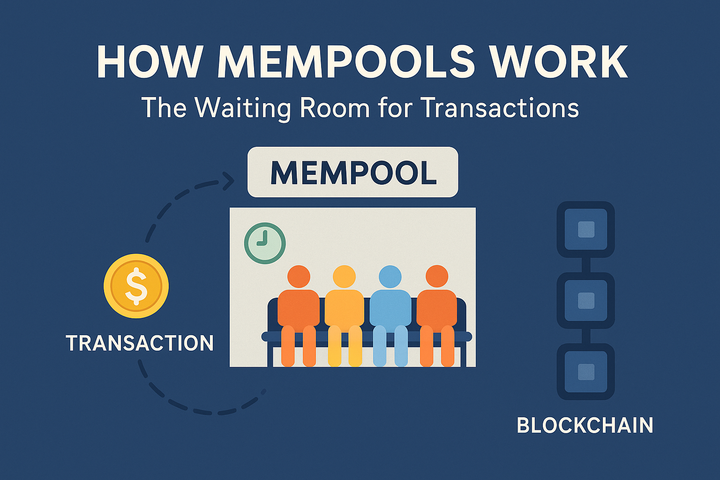
Comments ()